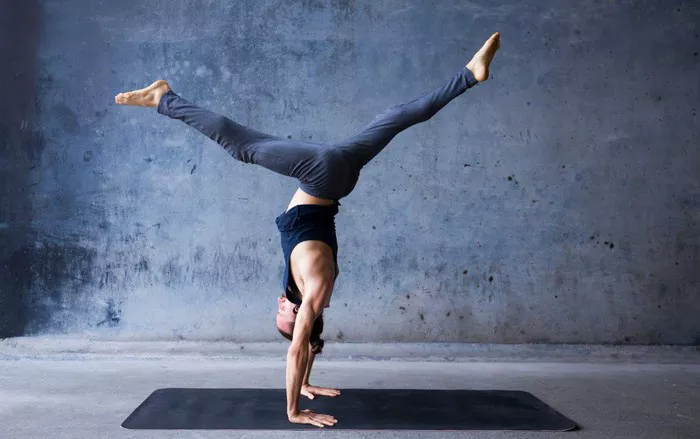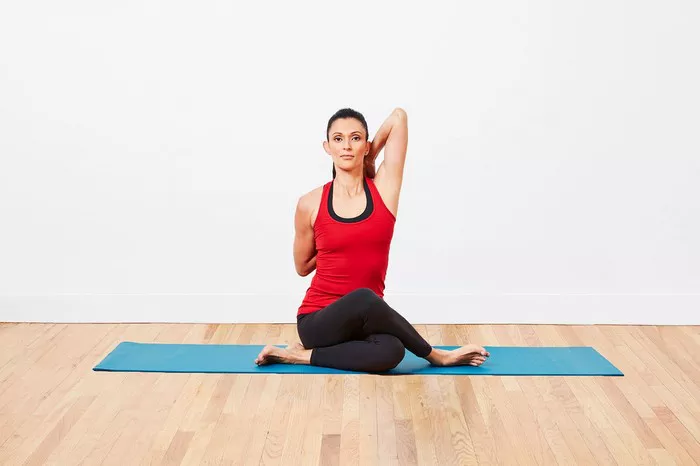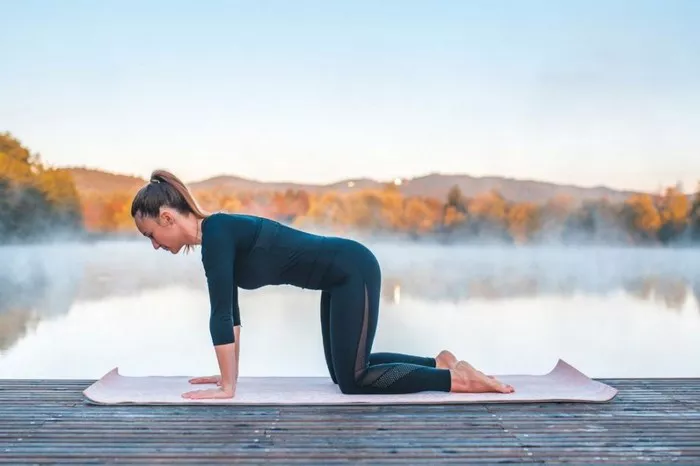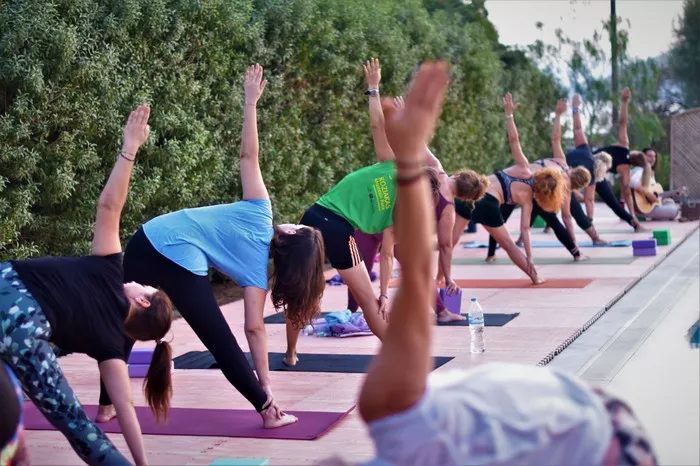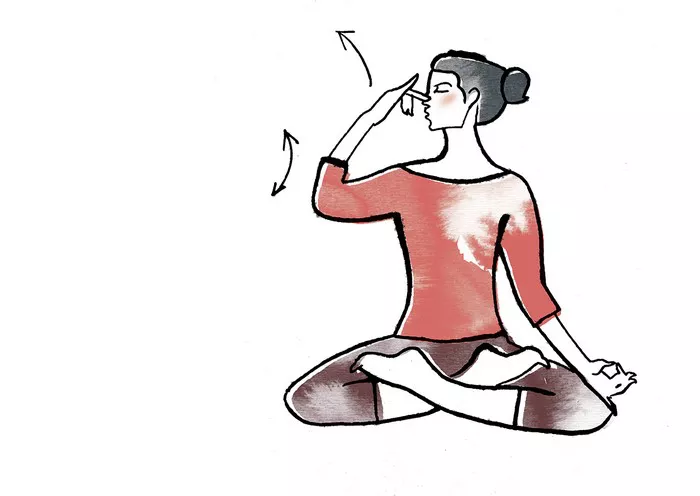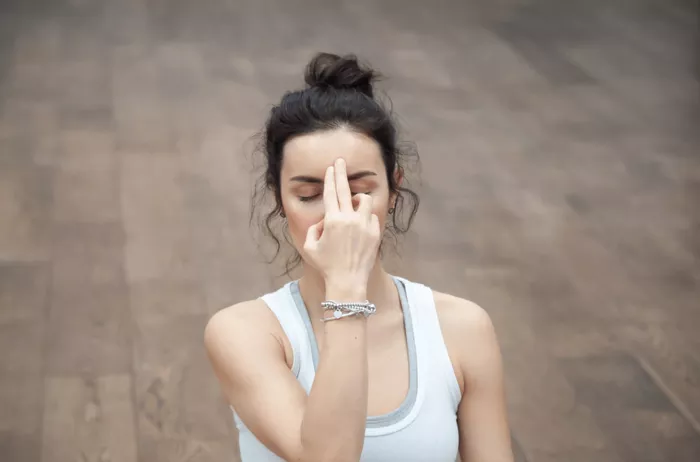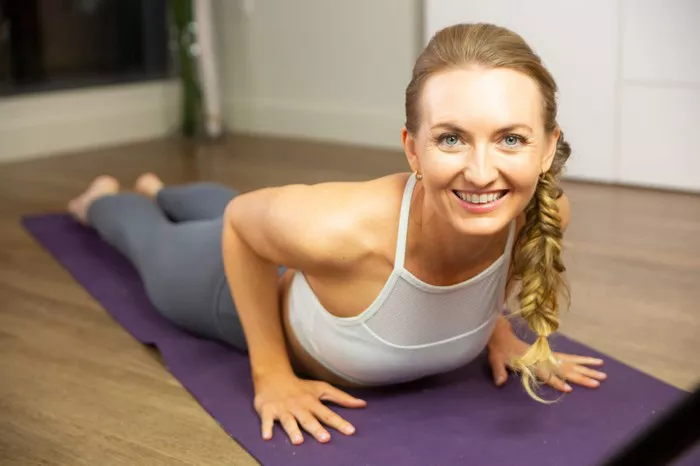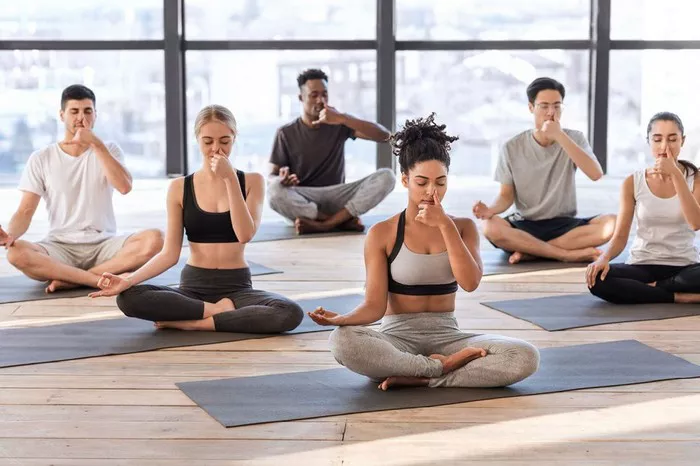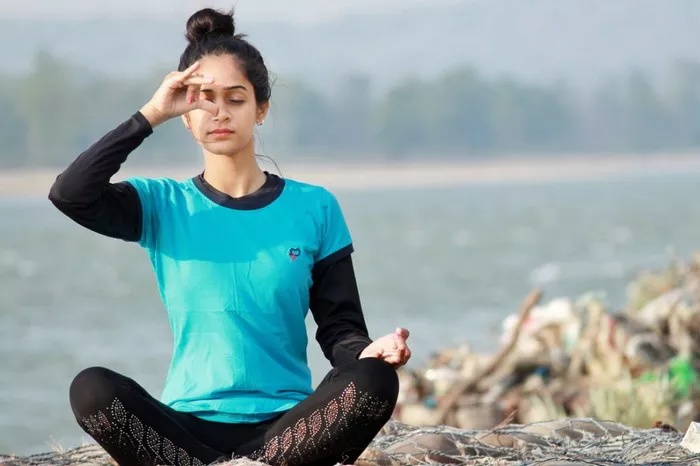As a seasoned yoga instructor, I often see students struggle with a variety of postures, and one that consistently proves to be a challenge is Cow Face Pose (Gomukhasana). Despite its relatively simple appearance, this seated asana can be deceptively difficult. It’s one of those poses that requires not only physical flexibility but also mental focus and patience. Over the years, I’ve come to realize that understanding why Cow Face Pose is so hard involves delving into the intricacies of the pose itself, the muscles it engages, and the limitations many of us face in both body and mind. In this article, I’ll break down these elements and provide insight into how you can approach this posture with a clearer understanding, tips, and modifications to gradually ease into it.
Anatomy of Cow Face Pose
Cow Face Pose is a seated posture where the legs and arms are positioned in a way that mimics the face of a cow—hence the name. The legs are crossed in a particular way, with one knee stacked directly on top of the other. The arms are stretched behind the back, with one arm reaching up to grab the opposite hand that comes down behind you. Despite its simple appearance, this pose requires considerable flexibility in the hips, shoulders, and upper back. These areas of the body are often more restricted in people due to a lack of flexibility or prolonged periods of sitting and poor posture.
Lower Body: Hip Flexibility and Alignment
The first part of the body that most people struggle with in Cow Face Pose is the legs. In this posture, one leg is folded over the other, with the knee of the top leg stacked directly over the bottom knee. To achieve this position, you need significant flexibility in the hip joints, particularly the external rotators and the flexors of the hip.
For many, the hip joints are a common area of tightness. Our modern sedentary lifestyle often leads to tight hip flexors, hamstrings, and quadriceps. Sitting for long periods can also cause a shortening of the hip flexors, making it challenging to externally rotate the hip and bring the knees closer together. In Cow Face Pose, you need to open the hips to align the knees in this way, which can be a significant challenge for people with tightness in this area.
Additionally, the lower back is affected by this hip alignment. When the legs are stacked, your lower back must remain long and supported. If the hips aren’t open enough, you may notice a rounding in the lower back, which can create discomfort and affect your ability to hold the posture.
Upper Body: Shoulder and Upper Back Mobility
The second major difficulty in Cow Face Pose lies in the arms and shoulders. In this pose, one arm reaches up and over the back while the other comes down from behind. The goal is to clasp the hands together, which requires both shoulder and upper back mobility. Most people find this part of the pose challenging due to tightness in the shoulders, chest, and upper back.
The shoulders have a complex range of motion, and they are prone to tightness due to poor posture, repetitive movements, or simply underuse. Overhead arm positions can be especially difficult for people with rounded shoulders or forward head posture, which are common issues for those who sit for extended periods. Additionally, the back and chest muscles may be tight, making it difficult to reach behind the back and interlace the hands.
Another critical factor here is the mobility of the scapulae (shoulder blades). To effectively bring the arms into this position, the shoulder blades must glide in a way that allows the arms to move freely. If your scapular mobility is limited, your arms may not be able to reach the desired position, causing discomfort and preventing you from achieving the full expression of the pose.
Mental and Emotional Factors
Cow Face Pose also presents mental and emotional challenges that contribute to its perceived difficulty. This pose requires patience and mindfulness. Because it demands flexibility in multiple areas of the body, it can feel frustrating to practice, especially when you can’t immediately perform it in its full form.
Yoga is not only about the physical postures; it is also about developing a sense of self-awareness and acceptance. When we practice postures like Cow Face Pose, we are forced to confront the areas where we hold tension, and that can bring up emotional discomfort. The tightness in the body often correlates with emotional tension, and this can make the practice more challenging.
Additionally, some students may experience a sense of failure or frustration if they are unable to get into the pose immediately. Yoga is a practice, not a performance, and learning to be patient with the body while accepting its limitations is an essential part of the journey. The emotional challenge of practicing poses like Cow Face comes from letting go of the attachment to perfection and learning to embrace the process of gradual improvement.
The Common Mistakes and How to Avoid Them
Many students make the following common mistakes when attempting Cow Face Pose. Being aware of these can help avoid unnecessary strain and frustration:
1. Misaligning the Knees
One of the most common mistakes in Cow Face Pose is misaligning the knees. The top knee should be stacked directly on top of the bottom knee, but many people allow their knees to splay out to the sides. This misalignment can strain the hips and lower back, creating discomfort.
How to Fix It: Ensure that both knees are stacked directly on top of each other. If this is too difficult, consider sitting on a cushion or block to raise your hips and give your pelvis more space to open. You can also experiment with slightly adjusting the position of your legs so that the knees align without causing strain.
2. Overextending the Arms
In Cow Face Pose, the arms must reach behind the back and clasp. However, some students tend to overextend the arms, forcing them into a position that is not accessible or sustainable for their shoulders. This can lead to strain in the shoulders and neck.
How to Fix It: Work within your range of motion. If your hands cannot reach each other, you can use a yoga strap or towel between your hands to bridge the gap. Over time, as your shoulders and upper back open, you’ll be able to gradually work toward clasping your hands together. Do not force the arms into a position that feels painful.
3. Forcing the Hips into the Pose
Another common mistake is trying to force the hips into the proper alignment without enough flexibility. This can lead to unnecessary pressure on the knees and lower back.
How to Fix It: Start with the modification of sitting on a prop like a block or bolster to support the hips. Focus on gently opening the hips without forcing them into an extreme position. As your hip flexibility improves over time, you’ll be able to get closer to the desired alignment.
4. Rounding the Back
When the hips are tight, it’s easy to round the lower back instead of maintaining an upright spine in Cow Face Pose. This compromises the posture and can create tension in the lower back.
How to Fix It: Sit up tall with a straight spine. If your hips are too tight, sit on a cushion or elevate your hips to keep your back from rounding. Keeping your spine long and engaged will prevent unnecessary strain and help you maintain the integrity of the pose.
Modifications for Cow Face Pose
While Cow Face Pose is a challenging asana, it can be made more accessible with modifications. Here are a few options to help you work toward the full expression of the pose:
1. Seated on a Prop
Sitting on a yoga block or cushion can elevate the hips, making it easier to align the legs and open the hips. This modification is particularly helpful for those with tight hips or lower back discomfort.
2. Use of a Yoga Strap
If clasping the hands behind your back is difficult, use a yoga strap, belt, or towel to connect the hands. This allows you to gradually work on increasing the range of motion in the shoulders and upper back without straining.
3. Modified Leg Position
If crossing the legs into the traditional Cow Face Pose position feels too intense, try keeping one leg extended straight in front of you, with the other leg folded on top in a gentler cross-legged position. This modification will reduce the intensity on the hips while still allowing you to engage the upper body in the arm position.
The Benefits of Cow Face Pose
Despite its difficulty, Cow Face Pose offers numerous benefits for the body and mind. It stretches and strengthens the shoulders, upper back, and hips, which can help improve posture and flexibility. The deep opening of the hips also promotes better circulation in the lower body. Additionally, the stretch in the arms and chest can alleviate tension from long hours of sitting.
Mentally, Cow Face Pose encourages mindfulness and patience, helping to reduce stress and cultivate a deeper awareness of the body. The deep stretch combined with the breathing practice allows you to release not only physical tension but emotional blockages as well.
Conclusion
In conclusion, Cow Face Pose is a challenging posture that requires both physical flexibility and mental resilience. The difficulty arises from the combination of deep hip and shoulder stretches, alignment considerations, and the necessity for patience and awareness. However, with consistent practice, you will gradually notice improvements in your flexibility, strength, and mental focus.
Remember, yoga is not about forcing your body into a perfect shape but about connecting with your body, mind, and breath. If Cow Face Pose is difficult, that’s okay. Embrace the challenge, listen to your body, and make use of modifications to work toward the full expression of the pose. Over time, you’ll find that the difficulties you face in this posture become opportunities for growth, both on and off the mat.
Related Topics:


